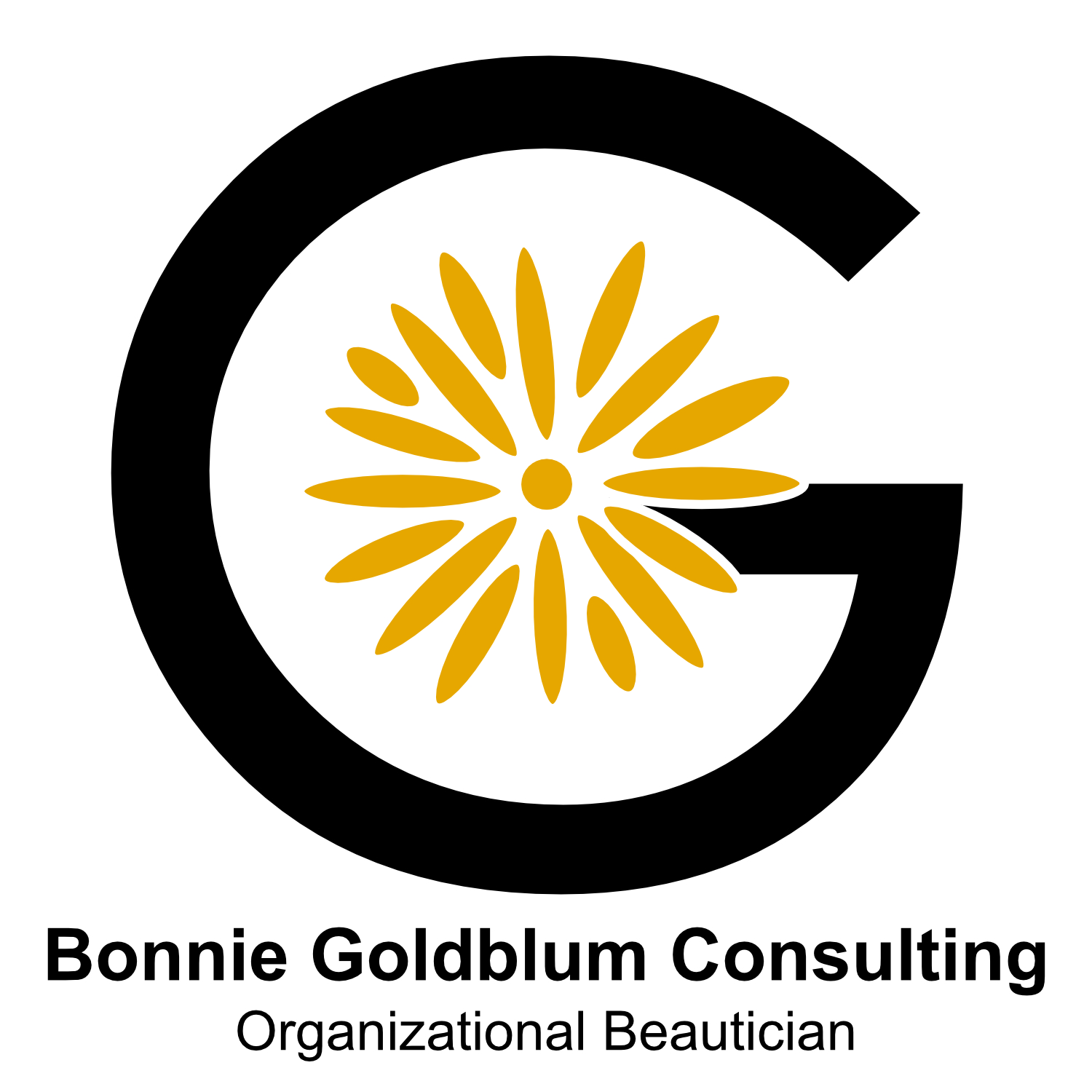Beauty Manifesto
All people have the right to beauty.
Beauty is personal – what is true, meaningful, or significant is based on a person’s lived and shared experiences.
Beauty can be appreciated for a moment or an extended period of time; length of time does not diminish or enhance the value.
Beauty exists in all forms - created, curated, and natural.
Beauty is everywhere; find beauty, everyday.
Beauty can be found in the ordinary; look beyond the precious and rare.
Use your own words to describe beauty; they need not be special or exclusive.
Beauty fosters connections between individuals, others and greater society; share your thoughts and experiences with others.
Beauty does not need to be created intentionally for others to find it.
The pursuit and /or expression of beauty does not diminish or devalue individual or collective suffering.
Beauty Statement
We, the people, have the right to beauty. The right to experience something that compels us to stop and admire, even for a moment, because of a unique characteristic or character. Beauty creates a sense of happiness, hope, connection and awe. Though deeply personal, the emotional response to beauty has the power to connect, transform, and transcend.
Beauty is not synonymous with art, culture, and design. Rather, these are creative tools of expression in which people find beauty. Typically, the pursuit of beauty directs us to mainstream art and cultural institutions – museums, galleries, shops. In my experience, traditional repositories of beauty make many people feel uncomfortable and unwelcome. Society sends messages that beauty is defined by “experts” and “influencers,” or is a luxury that comes with a high price tag. So, if I don’t have money, expertise, or a dizzyingly-high social media presence, I don’t have the right to appreciate, talk about, want or bring beauty into my life.
Despite these messages, we insert beauty into our everyday lives, consciously or unconsciously. What we wear, what we put in our homes, how we decorate our work cubby, or how we stop to admire a beautiful window display, are all expressions of beauty.
As a New Orleanian, my connection with beauty is heavily influenced by the devastation following Hurricane Katrina. We all lost so much - homes, memories, jobs, and far too many, their lives. We also lost our sense of connection, as friends and family scattered across the country. At that time, I ran an historic house and gardens. When people finally returned to the city, we wanted, and more importantly – needed – beauty. We needed it to lift ourselves and each other up and envision new possibilities. The museum opened its doors for people to sit in the gardens, explore the house, or wander through the art collection. It also offered workshops on design. Not high design but real-life design. “Ways to display your grandmother’s collections of thimbles.” “What plants grow quickly and don’t require lots of work.” “How to make a welcoming space with the few pieces of furniture that you already have.” No expertise, special language, big bank accounts, or approval needed.
The most powerful messages that permeated the discussions, and have resonated ever since, are:
• Everyone has a right to beauty; and
• Beauty is defined by one’s own personal sensibility and does not require external validation.
To reclaim that right to beauty, we must first recognize that beauty comes in many forms. It does not have to be delicate or rare. In fact, it is best when it is part of our daily lives. Once we recognize it, we have to find the words to describe it to ourselves and/or others. And, this can be in regular, everyday language. That moment when we affirm beauty, we affirm our self-worth. The moment we share beauty with others, we transcend limitations, foster connections, and transform society.
© Bonnie Goldblum 2019


